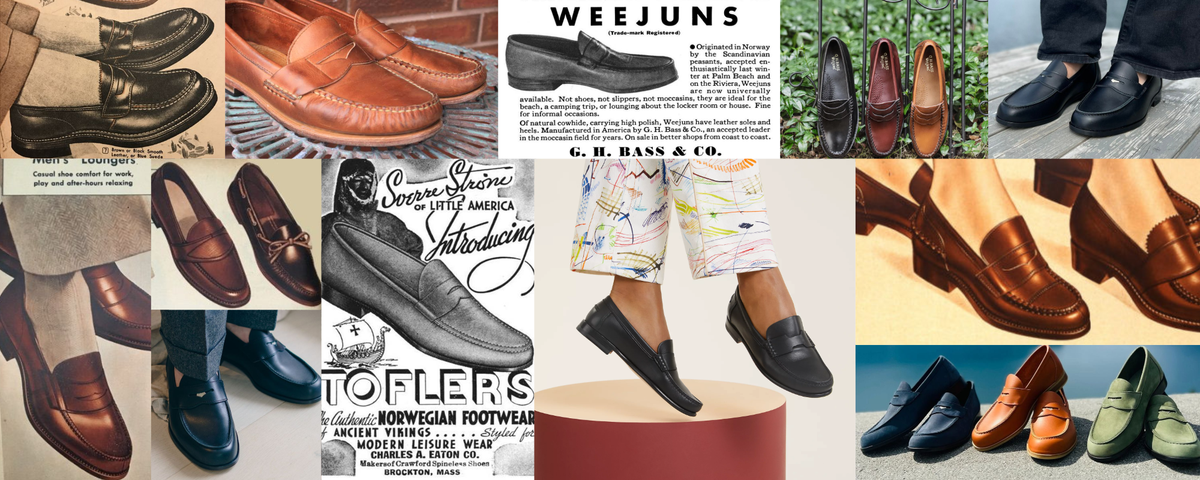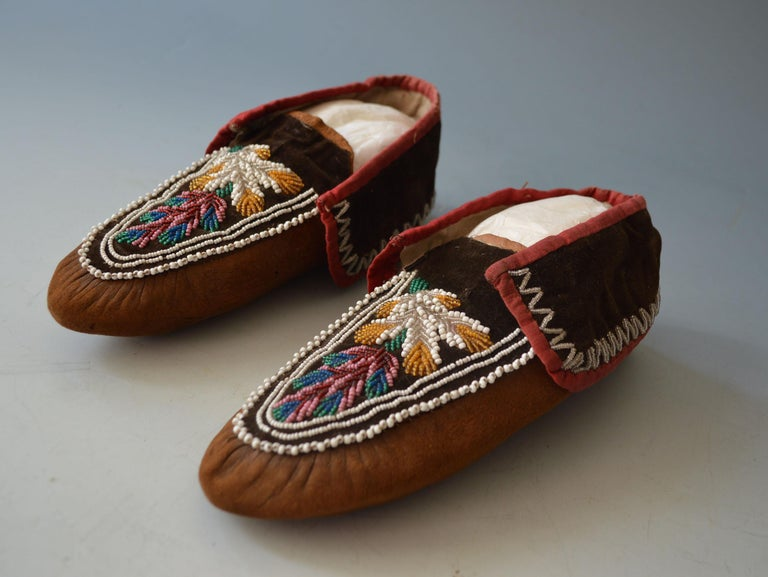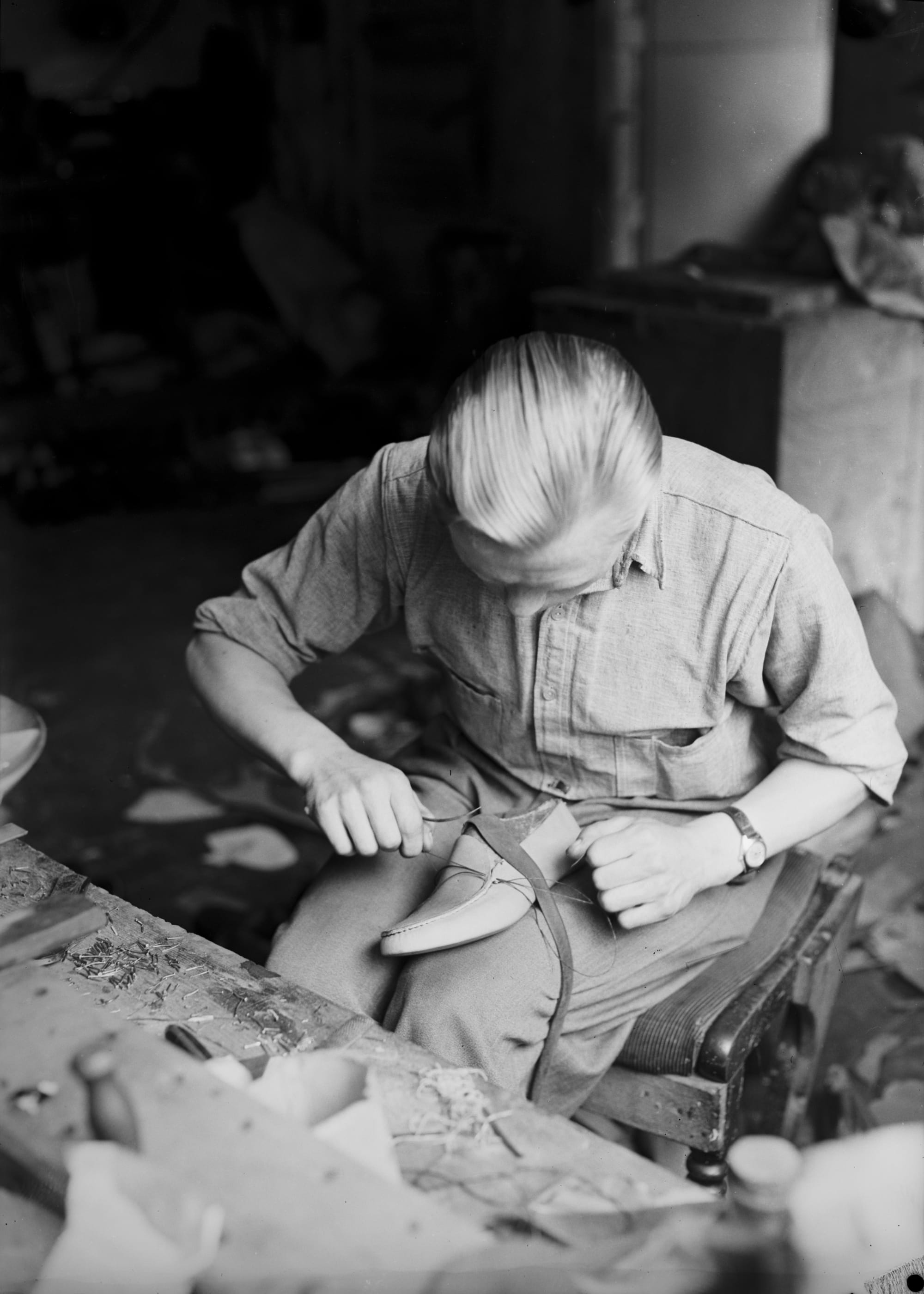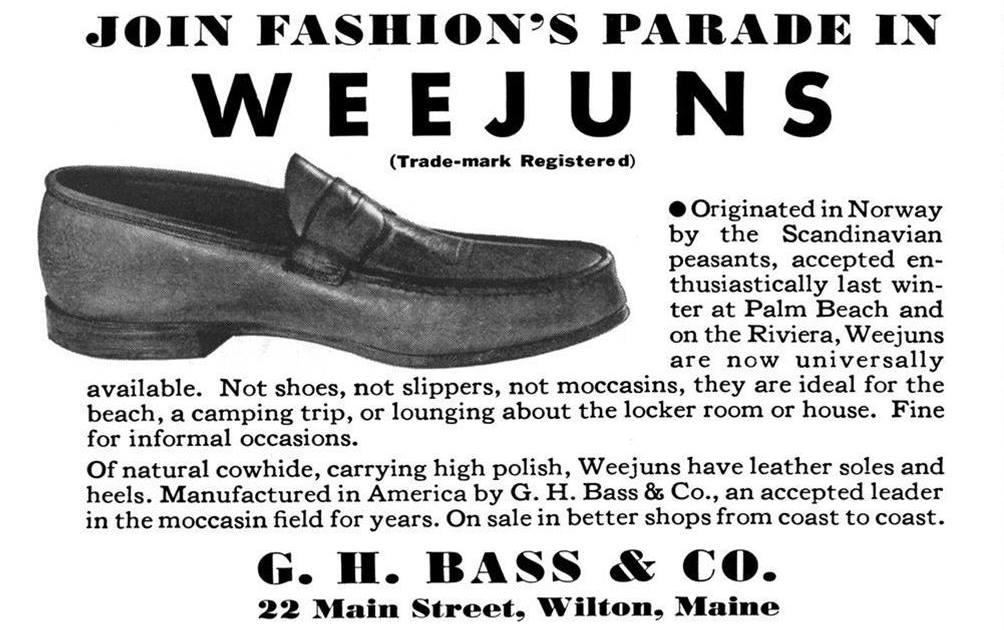The History of Penny Loafers: From Norwegian Fjords to Ivy League Campuses

History of Loafers Video | Heritage Loafers - Hermès vs. GH Bass Video | Shop my Picks
What's the most authentic penny loafer? Can you still buy them today?
I love the way the ivy aesthetic celebrates history and seeks out the originals. The story of the penny loafer encapsulates the way this seemingly mundane manner of dressing actually combines influences across continents, cultures, and centuries to embody American style.
The Ancient Roots
The penny loafer's deepest origins trace back millennia. The primordial model of this type of shoe was created by Native Americans who named the shoes "Makasins." The oldest pair of Makasins in existence has been dated to 3500 BC. These shoemakers chose deerskin for both its softness and its strength. These shoes proved remarkably durable, staying supple through harsh winters and scorching summers.

The Norwegian Connection
The modern penny loafer's story begins in the fjords of Norway. Nils Gregoriusson Tveranger, a shoemaker from the village of Aurland, apprenticed in the United States from 1891 to 1908. In 1891, Tveranger left his native Norway for Boston, Massachusetts, where he learned to make shoes, including moccasins in the Native American style. When he returned to Norway and settled in Aurland in 1894, he opened his own shoemaking workshop.

Decades later, Tveranger combined his memory of the American moccasin with a longstanding local shoe to create what we now call the penny loafer. This fusion of Native American craftsmanship with Norwegian practicality resulted in the iconic gathered toe stitch that distinguishes authentic penny loafers to this day.
The shoes Norwegian fishermen wore caught the attention of wealthy British sportsmen who traveled to Norway for salmon fishing in the 19th century. They adopted these practical "Teser" shoes for their comfort and easy slip-on design.
The American Debut
The penny loafer's journey (back) to America began in the 1930s when American jetsetters spotted these striking shoes at European resorts. In 1935, Esquire's own editors observed them out and about in Palm Beach, Florida. Deciding to expand the shoes' reach in America, they teamed up with G.H. Bass and retailer Rogers Peet to launch the shoe stateside.
In 1936 Bass first became aware of European interest in a Norwegian moccasin-type slipper and adapted them for the leisure classes in America, playfully dubbing them "Weejuns" – short for "Norwegians." The first Weejun advertisement appeared in The New York Herald Tribune on May 27, 1936.

The "Penny" Gets Its Name
G.H. Bass added their signature innovation: a strip of leather across the saddle with a diamond-shaped cutout. This detail would soon give the shoe its enduring nickname, as Ivy Leaguers adopted the shoe and started inserting a penny into the cutout. The Weejuns were much less formal than dress shoes of the 1950s and were a natural fit for the ivy lexicon of mid 20th century style.
Cultural Impact
The shoe's influence exploded when cultural icons embraced it. Loafers grew in popularity as the preppy Ivy League style took over the world, and it wasn't long before icons including President John F. Kennedy, Audrey Hepburn, Miles Davis, Paul Newman, and Grace Kelly were spotted sporting a pair.
